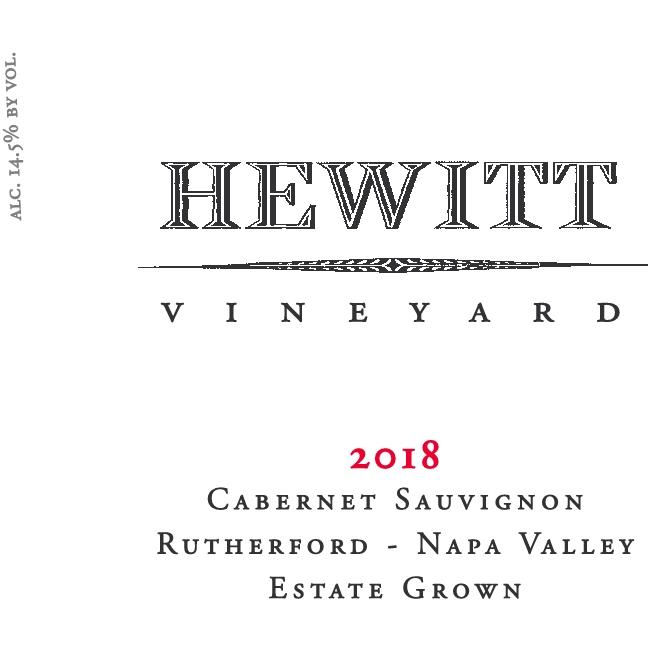Hewitt Vineyard Napa Valley Cabernet Sauvignon 750ml Hewitt
$ 132,99 $ 53,20
Producer Description
The inaugural release of Hewitt Vineyard Cabernet Sauvignon was the 2001 vintage. It’s a fleshy, well-integrated and subtle wine. At the time, our founding winemaker, Tom Rinaldi had a very specific vision for this wine, “We already have plenty of in-your-face wines. I want a more polite wine, one that is neither aggressive nor abrasive. You get tired of all the undisciplined, over-the-top Cabernets. Ours is a complex, intellectual wine, one that requires a little effort to uncover and fully appreciate.” For over 13 years now, the winemaking team at Hewitt Vineyard has continued to craft a wine with this vision.In 1992, in response to the threat of phylloxera, Bill Hewitt began upgrading the vineyard by replanting to Cabernet Sauvignon clones 4, 7 and 8 on five different rootstocks (5C, 5BB, 1103-P, 110R, and 039-16) as part of an experiment to identify which performed best on this site. With a variety of clones, rootstocks and soil conditions, our winemaking team can bring different elements to the wine, giving it great depth and intriguing personality.Although the wine is usually 100-percent Cabernet Sauvignon, blending is still an important part of the picture. With over 58 acres of fruit, the Hewitt Vineyard provides our winemaking team with a great range of flavor and quality. Only the best fruit to go into this limited bottling of the Hewitt Vineyard Cabernet Sauvignon and there are various blending sessions that take place along the winemaking process to ensure the team is crafting the finest expression Cabernet Sauvignon.At the winery, the grapes are hand sorted on tables twice: first as clusters to remove any leaves or inferior fruit and then, after de-stemming, as individual grapes. This gentle process retained about 70 percent whole berries. In addition, grapes go through two to five days of cold soaking before fermentation, followed by extended skin contact, developed the rich varietal character. Be2tonnage (stirring) during malolactic fermentation in the barrel rounds out the acidity and softened the tannins. Four rackings during barrel aging naturally clarify our wine, and after blending, we bottled this perfectly balanced wine without fining.
Quick Shipping and Professional Packaging
We offer a broad range of shipping options thanks to our long-running partnerships with UPS, FedEx and DHL. Our warehouse staff are educated to pack your items exactly as per the specifications that we supply. Your items will undergo a thorough inspection and be securely secured prior to being shipped. We ship to thousands of customers each day from multiple countries. This is a sign of our determination to become the largest online retailer worldwide. Both Europe as well as the USA have distribution and warehouse centers.
Please note that orders with more than one item will be given a processing time according to the specific item.
Prior to shipping, our team will perform an exhaustive inspection of the items you purchased. Today, the majority orders will be shipped within 48 hours. The delivery time is estimated to be between three and seven days.
Returns
The stock is constantly changing and cannot be fully controlled by us due to the involvement of several different parties, such as the factory and our warehouse. The actual stock can change at any moment. Please be aware it's possible your order may become unfulfilled when you have placed the order.
Our policy is valid for a period of 30 days. If it's been more 30 days since you purchased your item and we're unable to offer you a full refund or exchange.
You are able to return an item when it's unopened and is in the same condition when you first received it. It must also be in the original packaging.


































